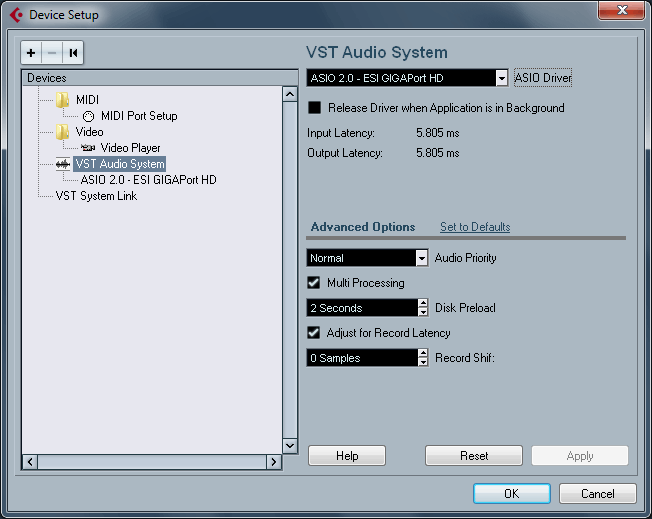
This way, you do not need to move, copy, and paste events in the Project window. Using an arranger track allows you to specify how and when specific sections are played back, even in live performances. The arranger functions in Nuendo allow you to work in a non-linear fashion. Quantizing is designed to correct errors, but you can also use it in a creative way.įades allow you to gradually increase or decrease the volume at the start or end of audio events or audio clips, and to create smooth transitions. Quantizing means moving recorded audio or MIDI and positioning it on the nearest grid position that is musically relevant. You can add audio and MIDI files to your project by importing them.

In Nuendo, you can record audio and MIDI. This is useful if you have no external MIDI instrument at hand and you do not want to draw in notes with the Draw tool. The On-Screen Keyboard allows you to play and record MIDI notes by using your computer keyboard or mouse. Nuendo offers multiple methods and functions to control playback and transport. You can also work with selection ranges, which are independent from the event/part and track boundaries. Parts and events are the basic building blocks in Nuendo.Įditing in the Project window is not restricted to handling whole events and parts. In Nuendo, events and parts are placed on tracks. Tracks are the building blocks of your project. Each track is assigned to a particular channel strip in the MixConsole. Tracks are listed from top to bottom in the track list and extend horizontally across the Project window. They allow you to import, add, record, and edit parts and events. You must create and set up a project to work with the program. In Nuendo, projects are the central documents. The Project window provides an overview of the project, and allows you to navigate and perform large scale editing. Here, you can also set up group and FX channels, external effects, external instruments, and the Control Room. To play back and record in Nuendo, you must set up input and output busses in the Audio Connections window. To use Nuendo, you must set up your audio, and if required, your MIDI system. Here you will find detailed information about all the features and functions in the program. This is the Operation Manual for Steinberg’s Nuendo.

The following list informs you about the most important improvements in Nuendo and provides links to the corresponding descriptions.


 0 kommentar(er)
0 kommentar(er)
